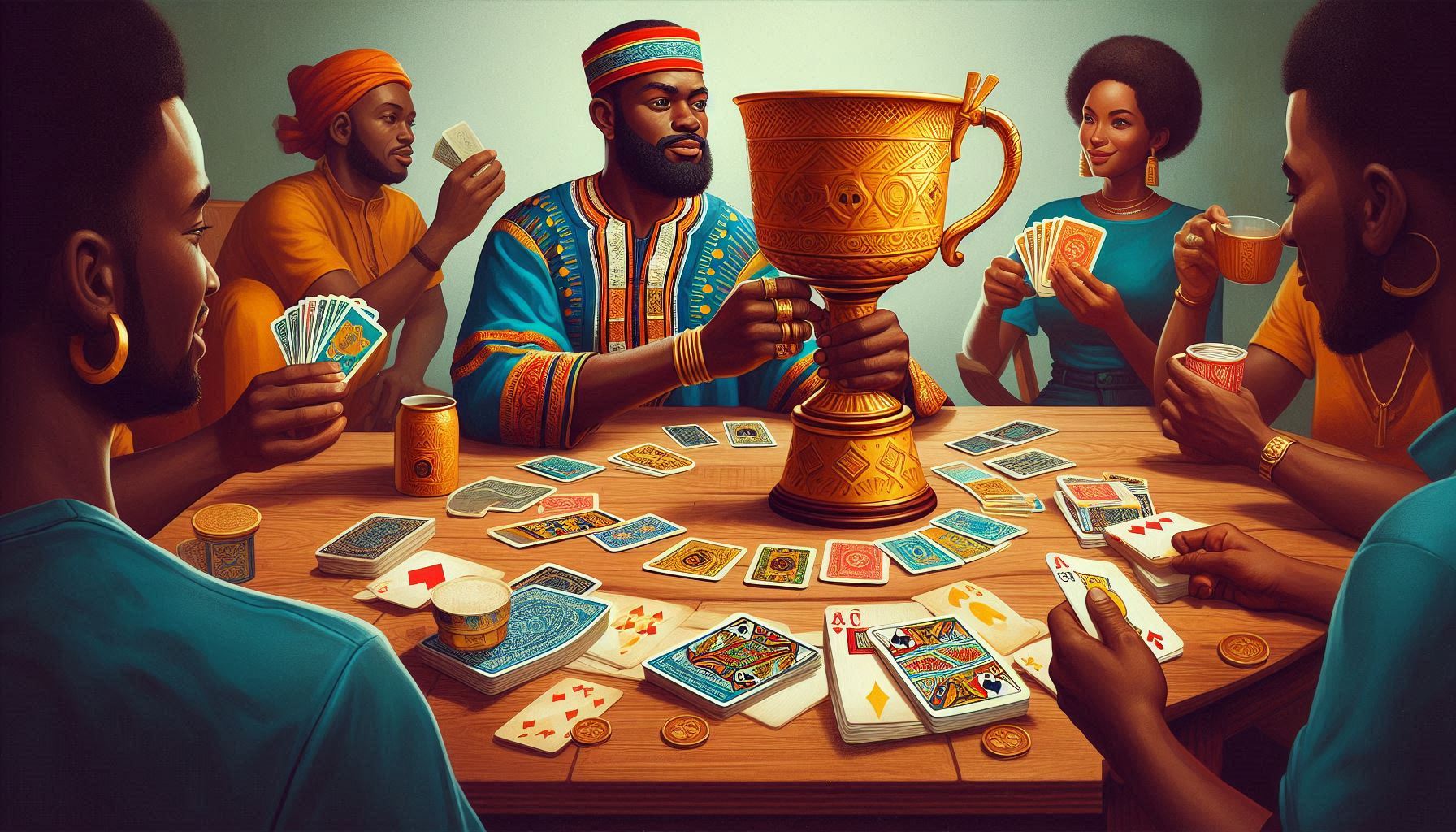Introduction
The Pickle card game is a lighthearted and strategic game designed for 2-6 players. While it may seem confusing at first, it becomes a lot of fun once you understand how to place your cards and form creative sequences. Unlike traditional card games that rely heavily on How To Play In a Pickle Card Game numbers or suits, Pickle is all about creating sequences of words and ideas—making it as much a game of wit as it is of strategy.
Basic Rules of the Pickle Card Game
The Objective of the Game
In the Pickle card game, the goal is to create the longest sequence of interconnected words by strategically placing cards that fit the narrative. The trick is to think creatively, as the connections between words don’t always have to be direct. The player with the most points at the end of the game, when the cards run out, is declared the winner.
What You’ll Need to Play
You need a Pickle card deck to play. This special deck How To Play In a Pickle Card Game contains cards with nouns, verbs, and special ‘Pickle’ cards that mix up the gameplay. A deck typically has around 320 cards, offering endless possibilities for sequence creation.
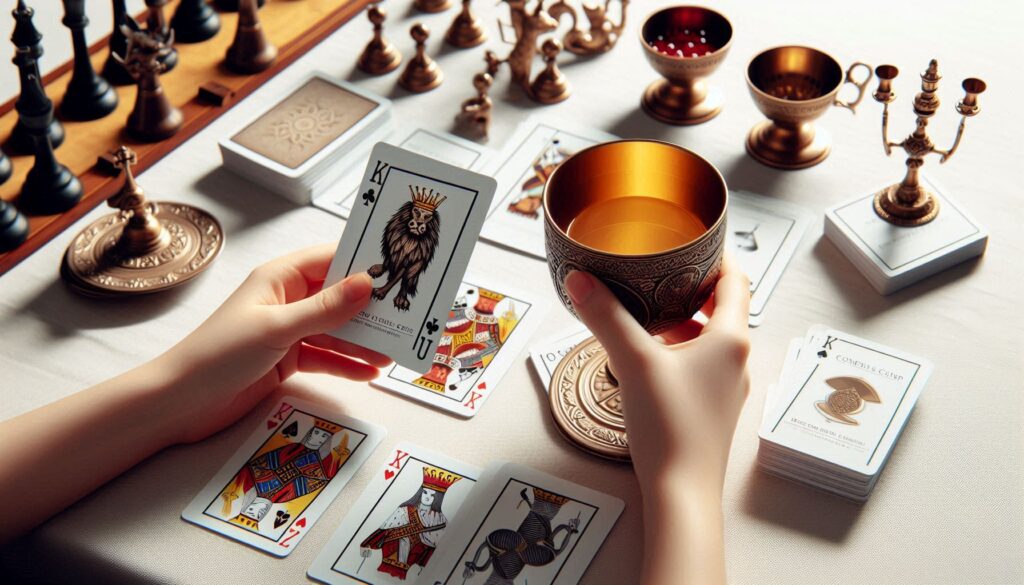
Setting Up the Game
Each player starts with five cards, and the rest of the deck is placed face down in the center. The top card from the deck is placed face up to start the discard pile. How To Play In a Pickle Card Game The first player to go is typically the one who can come up with the funniest ‘pickle’ situation in real life!
The Cards in the Pickle Game
Understanding the Card Categories
The deck contains different categories of cards:
- Noun cards: These cards include everyday How To Play In a Pickle Card Game objects, places, or people.
- Verb cards: Action words that move the story forward.
- Pickle cards: Special cards that allow players to How To Play In a Pickle Card Game change the direction of the game or interrupt a sequence.
Card Hierarchy
While there is no strict hierarchy, some cards are easier to connect than others. Noun cards generally form the foundation of sequences, while verb cards are How To Play In a Pickle Card Game used to link nouns in interesting ways.
How to Play the Game
Turn Structure
Each player takes turns drawing one card from the deck and then choosing whether to place one of their cards in the discard pile or add it to the sequence of How To Play In a Pickle Card Game words already formed. The game continues clockwise around the table.
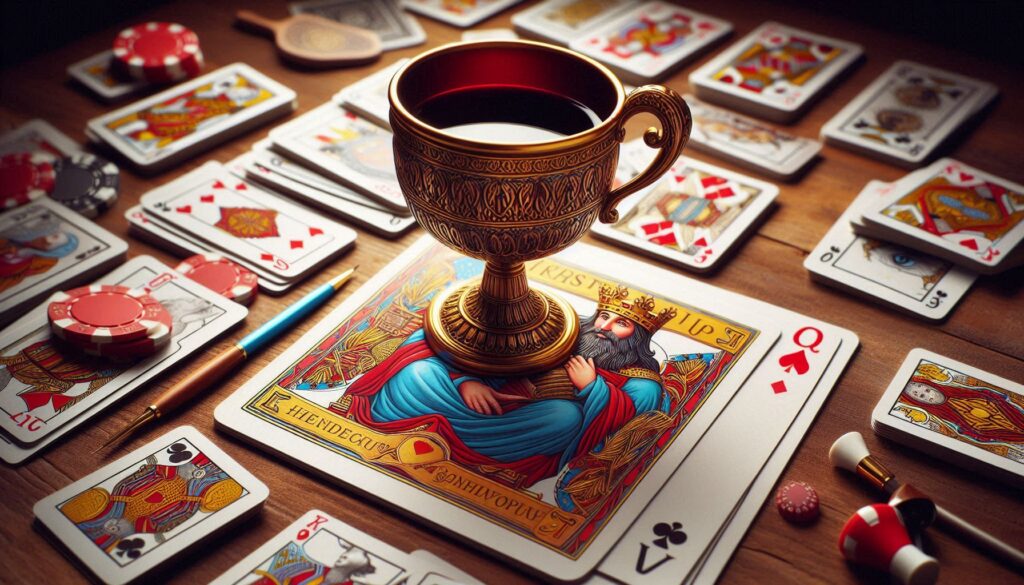
Placing a Card
Players can place a card on top of another if they can justify the connection between the two. For example, if the word on the discard pile is ‘mountain,’ How To Play In a Pickle Card Game you could place ‘climb’ on top because they are logically connected.
Forming a Sequence
To score points, you need to form a sequence of at least four cards that are all connected in some way. Longer sequences score higher, so it’s worth holding How To Play In a Pickle Card Game on to cards until you can play them all at once in a meaningful order.
Special Situations in the Game
Using ‘Pickle’ Cards
‘Pickle’ cards are wildcards that can throw the game in a new direction. These cards can be used to break up a sequence, forcing the next player to start a How To Play In a Pickle Card Game new one. They can also be used to skip a player’s turn or reverse the play order.
Breaking a Sequence
If you play a ‘Pickle’ card on a sequence, the next player must justify how their card starts a new sequence. This is where the creativity really shines—you might need How To Play In a Pickle Card Game to connect a ‘dog’ to a ‘spaceship,’ and how you justify that link is what makes the game fun!
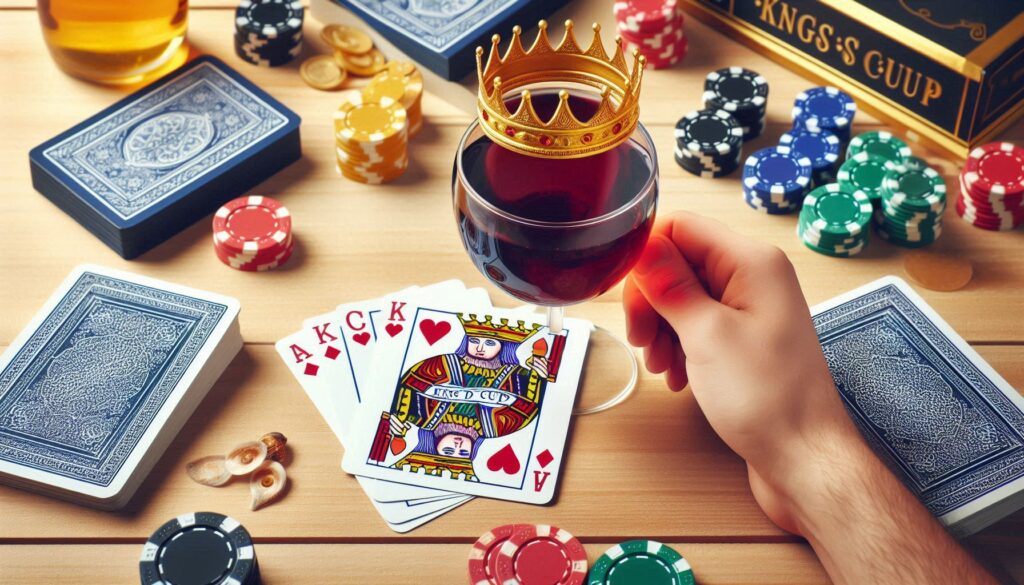
Advanced Strategies for Playing
Reading Your Opponent
Try to keep track of the types of cards your opponents are playing. If someone is holding onto a lot of verb cards, they might be setting up a big sequence. How To Play In a Pickle Card Game Interrupting their play with a ‘Pickle’ card at the right moment can give you the upper hand.
Best Times to Use a ‘Pickle’ Card
A well-timed ‘Pickle’ card can drastically change the game’s direction. If an opponent is about to finish a large sequence, dropping a ‘Pickle’ card could How To Play In a Pickle Card Game reset their progress, giving you the opportunity to score points.
Common Mistakes to Avoid
Not Paying Attention to Card Order
One of the most common mistakes is placing cards too quickly without fully thinking through their connections. Always take a moment to consider your How To Play In a Pickle Card Game options before playing a card.
Misusing Special Cards
‘Pickle’ cards can be game-changers, but only if used How To Play In a Pickle Card Game correctly. Avoid using them too early in the game when their impact will be minimal.
Variations of the Pickle Game
Team Play
In team play, two teams compete to create the longest sequences of connected words. This variation encourages collaboration and communication, making it How To Play In a Pickle Card Game a great option for larger groups.
Speed Mode
For a fast-paced game, try speed mode. Players must place How To Play In a Pickle Card Game their cards within a 30-second time limit, increasing the tension and excitement of each turn.
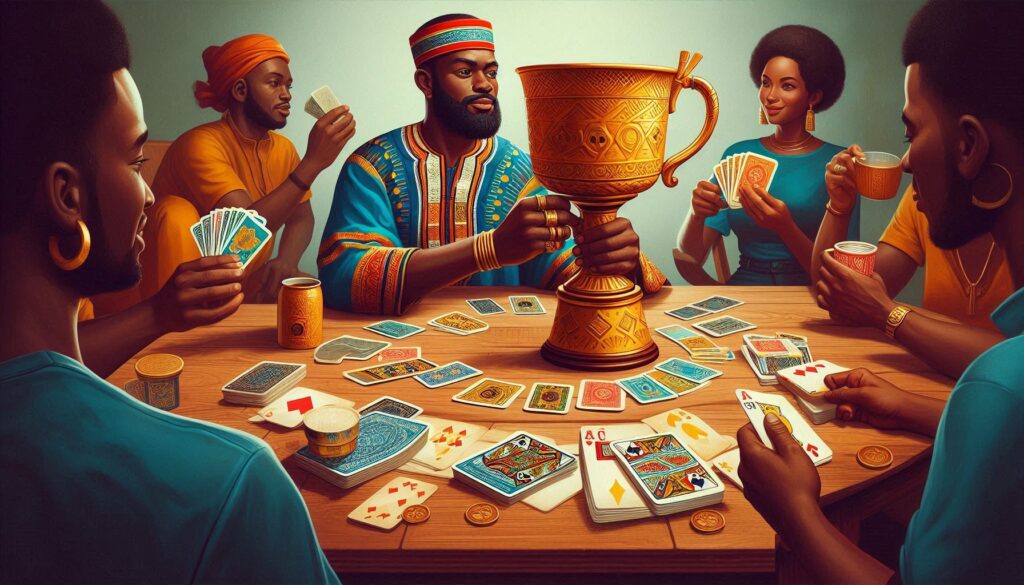
Conclusion
The Pickle card game is a blend of strategy, creativity, and unpredictability. Whether you’re using ‘Pickle’ cards to disrupt your opponents or forming clever How To Play In a Pickle Card Game connections between words, the game is full of surprises. It’s a fantastic way to test your wit and enjoy some laughs with friends or family.
Read More : How Do You Play The Card Game Setback
FAQs
1. Can I play Pickle with fewer than 2 players?
No, the game requires at least 2 players to form How To Play In a Pickle Card Game competitive sequences.
2. How long does a game of Pickle usually last?
A typical game lasts between 30 to 60 minutes, How To Play In a Pickle Card Game depending on the number of players.
3. Can children play the Pickle card game?
Yes, the game is family-friendly and suitable How To Play In a Pickle Card Game for children aged 8 and up.
4. What happens if I can’t place a card?
If you can’t place a card, you must draw another How To Play In a Pickle Card Game from the deck and wait until your next turn to try again.
5. Is there a way to win quickly?
While there’s no surefire quick-win strategy, holding How To Play In a Pickle Card Game onto ‘Pickle’ cards and using them strategically can give you an advantage.
1. What is the objective of the Pickle card game?
The goal of the Pickle card game is to create the longest possible sequence of interconnected words by placing cards that fit the narrative. Players aim to form How To Play In a Pickle Card Game creative connections and outsmart their opponents to win.
2. How many players can play the Pickle card game?
The Pickle card game is designed for 2-6 players. It’s flexible enough to be enjoyed by both small and large groups, making it a great party game.
3. How do I set up the Pickle card game?
To set up, each player is dealt five cards. The remaining cards are placed face down as the draw deck, with one card placed face up to start the discard pile. How To Play In a Pickle Card Game Players take turns clockwise from there.
4. What are ‘Pickle’ cards and how do I use them?
‘Pickle’ cards are special wildcards that can change the direction of the game. They can break up sequences, skip a player’s turn, or force the next How To Play In a Pickle Card Game player to start a new sequence.
5. How do you form a sequence in the Pickle card game?
Players form a sequence by placing cards that logically connect to the previous card. For example, a card with “cat” could be followed by “nap” to create a connection.
6. Can you skip your turn if you don’t have a card to play?
No, you cannot skip your turn. If you don’t have a card to play, you must draw from the deck and wait until your next turn to attempt a play.
7. What happens if the draw deck runs out?
If the draw deck runs out, the discard pile is shuffled to form a new deck. The game continues until all cards are played.
8. How do you win the Pickle card game?
The player with the most points, earned by creating the longest sequences of connected words, wins the game. Points are tallied after all cards are played.
